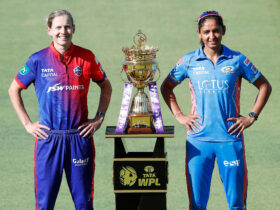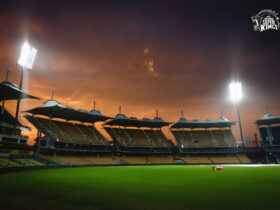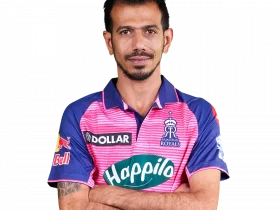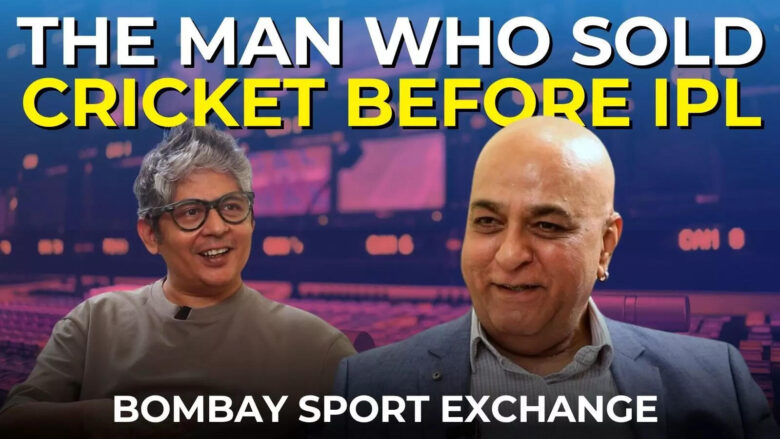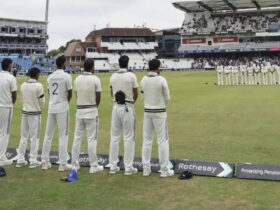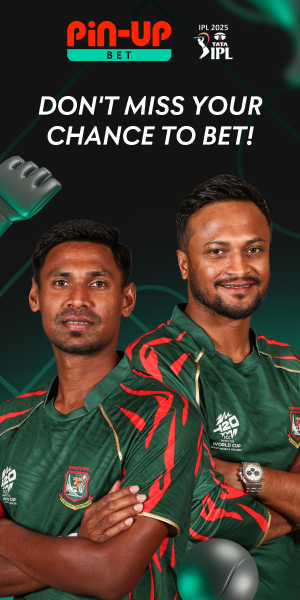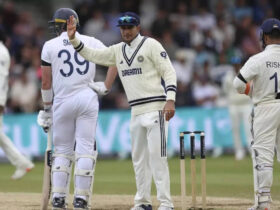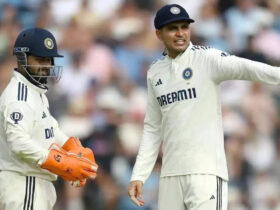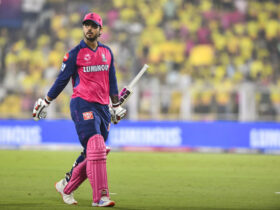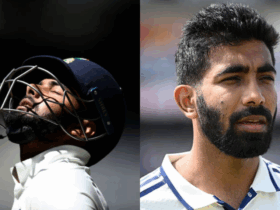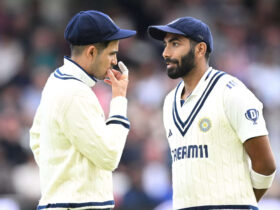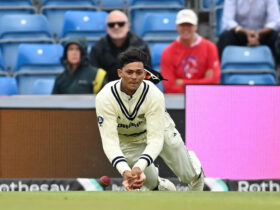Introduction: In the ever-evolving landscape of Indian cricket, few names resonate as powerfully as Harish Thawani. A self-proclaimed ‘failed sportsman’ turned broadcasting mogul, Thawani’s journey from advertising to revolutionizing sports media in India is nothing short of extraordinary. In a recent episode of Bombay Sport Exchange (BSE), hosted by K Shriniwas Rao, Head of Content (Sports) at Times Internet, the founder of The Indus Club and former head of Neo Sports Network shared the untold story of how a single gamble during the 1992 Cricket World Cup sparked a broadcasting revolution.
The Turning Point of 1992: Thawani’s tryst with cricket broadcasting began with a bold financial leap. Under his leadership, Nimbus Sport acquired the Indian broadcast rights for the 1992 World Cup—a tournament iconic for marking the debut of batting legend Sachin Tendulkar. At a cost of $550,000, this was a staggering jump from the mere $64,000 generated in broadcast revenue during the 1987 World Cup. ‘We realized cricket was the most under-monetized property in the country,’ Thawani revealed. By partnering with Doordarshan and taking on the advertising sales themselves, his team achieved a remarkable 300% profit, setting a precedent for the future of sports broadcasting in India.
Innovative Strategies and New Horizons: What made Thawani’s approach unique was his knack for thinking outside the box. Instead of relying on the traditional ‘big four’ advertisers, he tapped into untapped sectors, expanding the market. ‘If you want someone to pay a dollar instead of a penny, you find new customers,’ he explained. This innovative mindset not only boosted revenue but also broadened the advertiser base for cricket, transforming it into a national obsession. The subsequent rise of satellite television, private networks, and eventually digital streaming in the 2000s further fueled this transformation, with Indian cricket becoming a global entertainment juggernaut.
The IPL and Beyond: When discussing the genesis of the Indian Premier League (IPL), Thawani offered a balanced perspective. While Lalit Modi often receives much of the spotlight, Thawani credited visionaries like Sharad Pawar, who backed the IPL with board funds, and highlighted the collaborative effort behind its creation. ‘Success has many fathers; failures become orphans,’ he quipped. He also revealed that American sports management professors helped design the IPL’s format, which, despite initial flaws, has evolved into the world’s most lucrative cricket league, with a brand value exceeding $10 billion in 2023 as per industry reports. Thawani’s reflections underscore that IPL’s growth over the past 16 years—from a novel idea to a cultural phenomenon—has been a collective triumph.
A Beast on and off the Field: Recalling a 2000s profile that dubbed him ‘The Beast,’ Thawani embraced the moniker with humor. ‘All fast bowlers have a beast in them. You have to come in with that mentality—I’m going to get you,’ he said, drawing parallels between his aggressive business tactics and a bowler’s fierce determination. This mindset, combined with strategic vision, propelled Indian cricket administration into the modern era, thanks to pioneers like Jagmohan Dalmiya, IS Bindra, and Pawar, who challenged the status quo and professionalized the sport.
Conclusion: Today, Indian sports broadcasting stands as one of the largest markets globally, spanning television, OTT platforms, and mobile streaming, with cricket at its pulsating core. Yet, as Harish Thawani’s story reminds us, this empire began with a calculated risk in 1992—a gamble that reshaped the game forever. From a modestly funded pastime to a multi-billion-dollar industry, Indian cricket’s journey owes much to Thawani’s foresight and audacity. As he aptly put it, ‘Passion ka pesha banadi’—turning passion into a profession has never looked so transformative.



